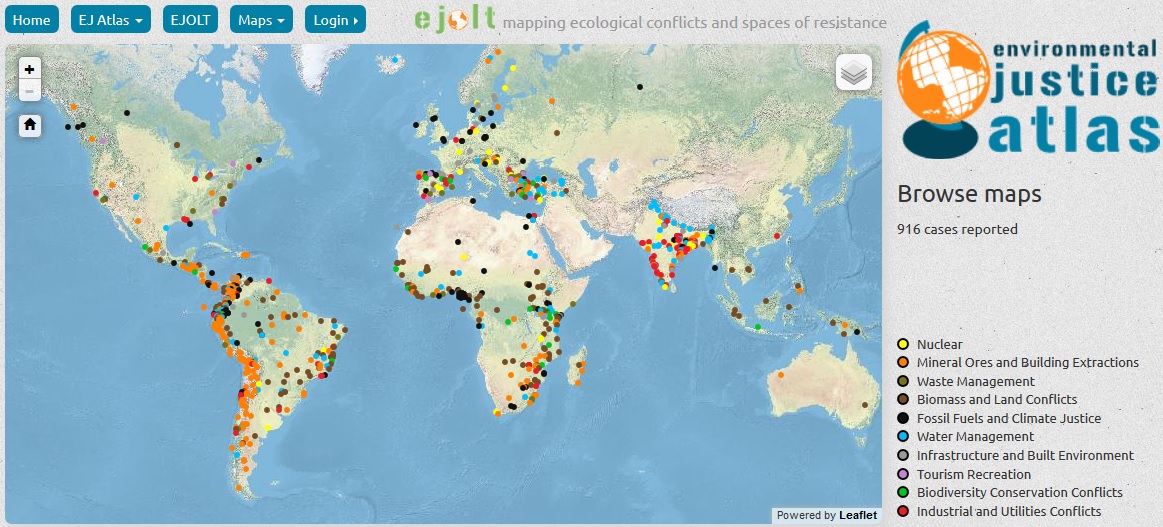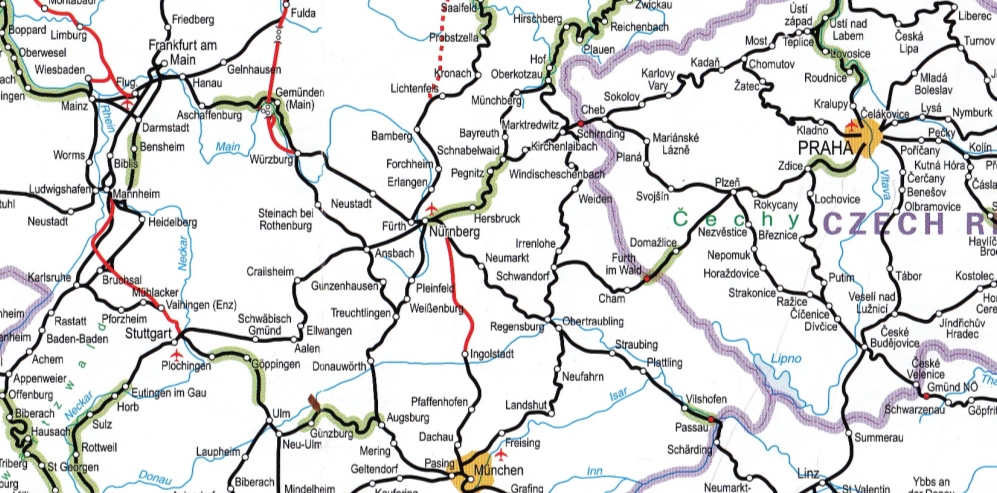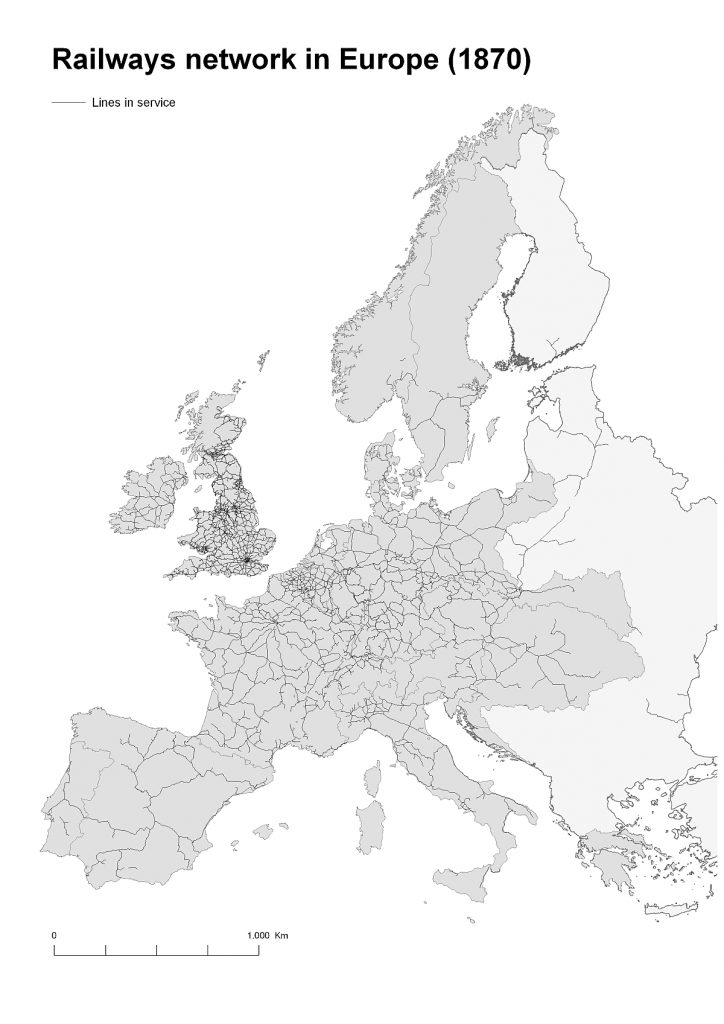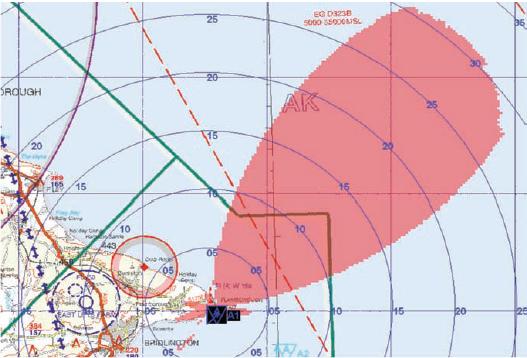“Across the world communities are struggling to defend their livelihoods from damaging environmental impacts. Mining projects, mega dams, tree plantations, fracking, gas flaring, incinerators, etc … As resources needed to fuel our economy move through the commodity chain from extraction, processing and disposal, environmental impacts are externalized onto the most marginalized populations. But all this takes place far from the eyes of the consumers of the end-products. The Environmental Justic atlas aims to make these impacts more visible and to make the case for true corporate and state accountability for the injustices inflicted through their activities.”
“The map tells a story of environmental devastation and despoliation, of ecocide and eco-apartheid, but also a story of resistance, and communities mobilizing to fight against the odds. Of the cases currently in the map, 17% are successes for environmental justice. Court cases were won, communities were strengthened, and access to the commons was reclaimed. These victories are a testament to the power of protest and the ability to impact the political process. We don’t aim to “solve” the conflicts but to reveal the actors and drivers and structural patterns behind them. The defense of territory, the defense of livelihood and the defense of the resources that communities depend on are the best weapon against endless capitalist exploitation of the ecological system we depend on.”









